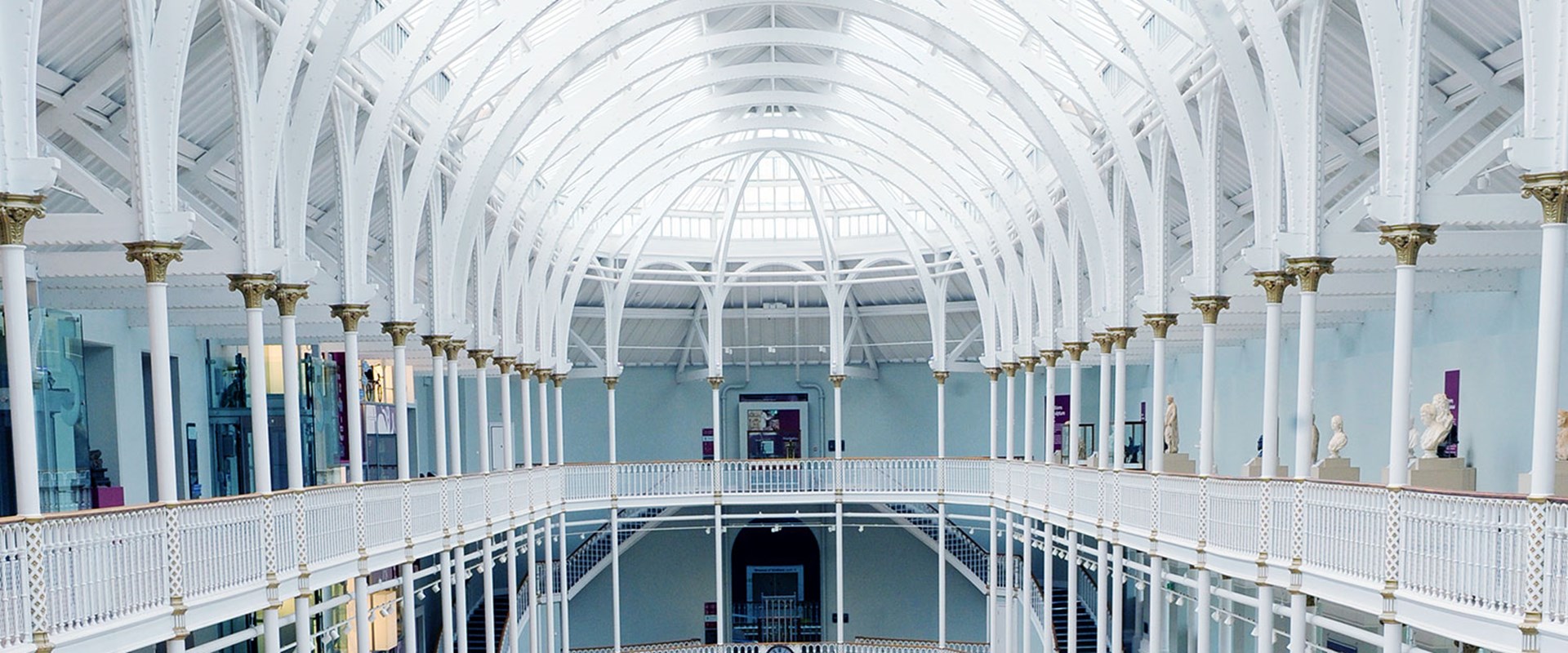Mammoths of the Ice Age travels to the National Museum of Scotland from The Field Museum of Natural History in Chicago, which has brought together this extensive collection of significant items from the Ice Age. This exhibition will provide a fascinating insight into these intriguing animals and their interaction both with each other and their environment, and it will also explore the controversial debates surrounding the causes of their extinction.
Brought together for the first time in the UK will be an extensive collection of skull casts and fossil jaws, teeth and tusks, as well as some of the oldest human art in existence. Also on display will be a replica model of Lyuba, the 40,000-year old baby mammoth who was found in 2007 by a Siberian reindeer herder and two of his sons, which is the best-preserved mammoth ever discovered.
Nick Fraser, Keeper of Natural Sciences at National Museums Scotland commented:
“We are thrilled to bring Mammoths of the Ice Age to the National Museum of Scotland from the world renowned Field Museum in Chicago. The Ice Age was a fascinating period and we are excited to show how scientists have used a variety of evidence to reconstruct the lifestyles of these remarkable animals. We look forward to welcoming visitors to this great exhibition and hope that they find these colossal mammoths as awe-inspiring as our predecessors did.”
The family tree of elephants, mammoths and mastodons can be traced back 55 million years to its origin in Africa. Mastodons were shorter and stockier than mammoths, with thicker bones and differently shaped tusks. In North America, mastodons lived in harmony with mammoths because they had different diets and so did not compete for food, with a mammoth consuming an estimated 226 kilogrammes of vegetation every day. Mammoths and mastodons lived side by side with humans for thousands of years and proved to be a source of food for early people as well as artistic inspiration.
Visitors to Mammoths of the Ice Age will discover the difference between mammoths and mastodons and learn about their social behaviour and ecology based on fossil evidence and comparisons with their present-day descendants, the elephants. Visitors will also see these great beasts through the eyes of ancient humans as they examine early artwork that depicts mammoths, and which dates from between 35,000 and 10,000 years ago, on display in the form of miniature carvings made of bone, stone and mammoth ivory.
This exhibition was created by The Field Museum, Chicago.
For further information and images please contact Ruth Mackie, Bruce Blacklaw, Susan Gray or Esme Haigh, Press Office, National Museums Scotland. Tel 0131 247 4288 or email r.mackie@nms.ac.uk.
Notes to Editors
-
National Museums Scotland is one of the leading museum groups in the UK and Europe and it looks after collections of national and international importance. The organisation provides loans, partnerships, research and training in Scotland and internationally. Our individual museums are the National Museum of Scotland, the National Museum of Flight, the National Museum of Rural Life and the National War Museum. The National Museums Collection Centre in Edinburgh houses conservation and research facilities as well as collections not currently on display.
-
The National Museum of Scotland reopened in summer 2011 following a three-year, £47m redevelopment. Since then it has been awarded the Tripadvisor Travellers’ Choice Award for the number one museum in the UK, 6th in Europe and 18th in the world. It has entered the top ten most popular UK visitor attractions (ALVA), becoming the most popular attraction in the country outside of London. And with nearly 1.9 million visitors in 2012, the Museum has just entered the top 20 most popular art museums and galleries in the world (The Art Newspaper).

